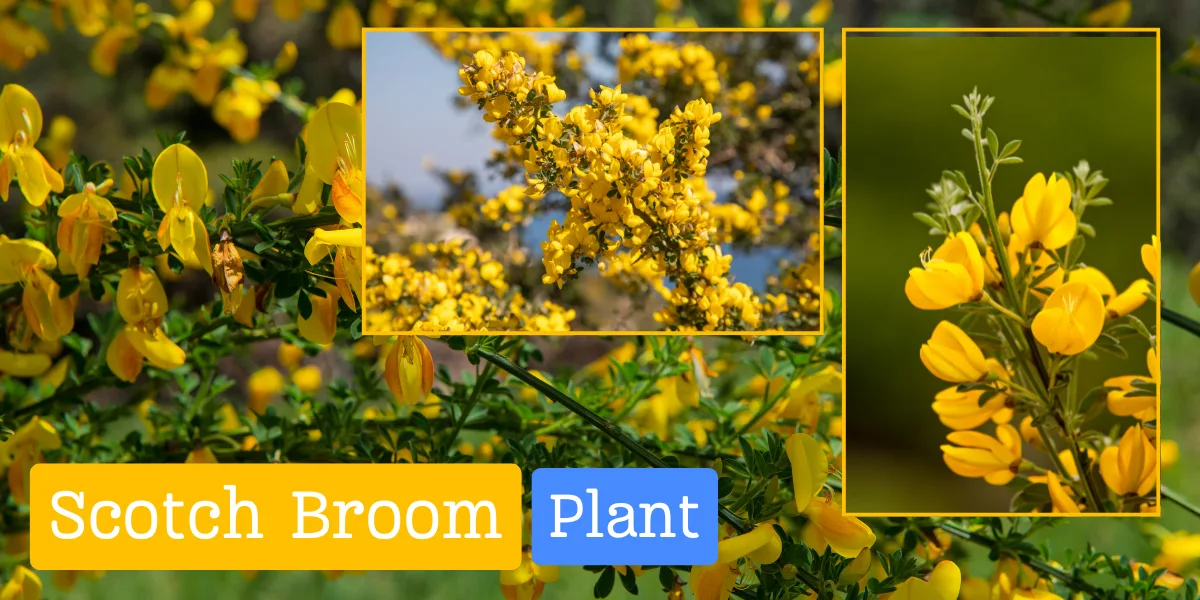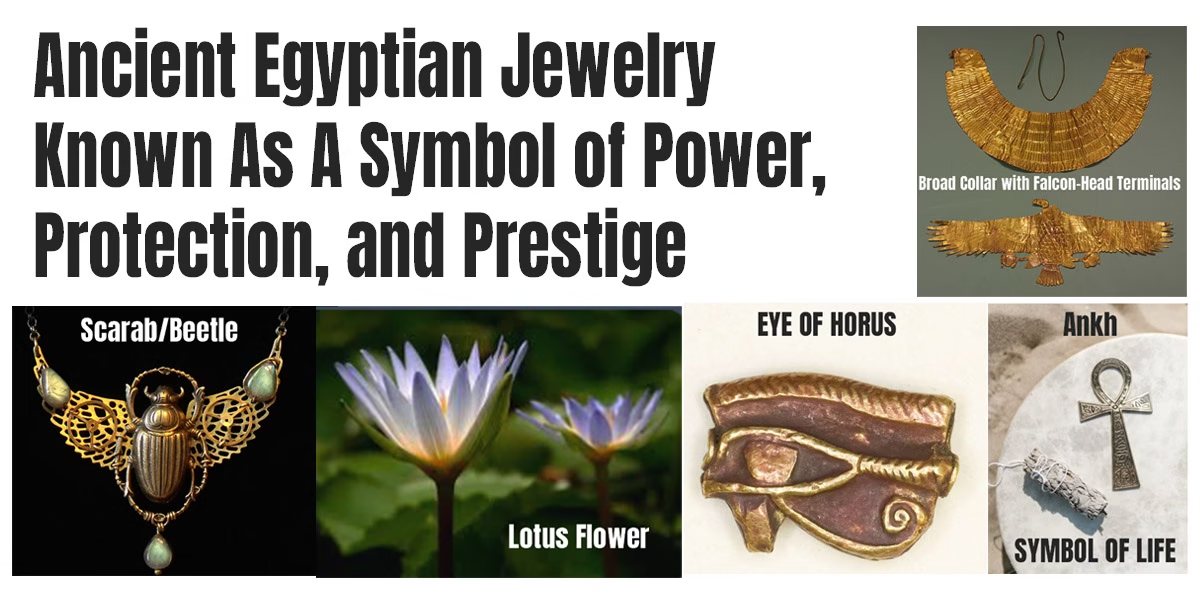The Scotch Broom plant (Cytisus scoparius) is a hardy, fast-growing shrub known for its bright yellow flowers and ability to thrive in poor soil conditions. Native to Europe, this plant has spread widely across North America and other parts of the world, often classified as invasive. While admired for its ornamental beauty and erosion control benefits, Scotch Broom also presents ecological challenges. This article explores its characteristics, uses, cultivation, and environmental impact.
Botanical Characteristics
- Scientific Name: Cytisus scoparius
- Family: Fabaceae (Legume family)
- Common Names: Scotch Broom, Common Broom, European Broom
- Growth Habit: Deciduous shrub, reaching 6-10 feet in height
- Leaves: Small, sparse, dark green trifoliate leaves
- Flowers: Vibrant yellow pea-like blooms appearing in late spring to early summer
- Seeds: Black seed pods that burst open when dry, aiding rapid spread
- Lifespan: Can live up to 20 years in favorable conditions
Uses of Scotch Broom
- Ornamental Planting: Often used in gardens for its bright flowers and unique foliage.
- Erosion Control: Planted on slopes and riverbanks to prevent soil erosion.
- Soil Improvement: As a member of the legume family, it fixes nitrogen, enriching the soil.
- Wildlife Habitat: Provides shelter for birds and insects.
- Traditional Medicine: Historically used in herbal remedies for its diuretic properties.
Cultivation and Care
- Sunlight: Thrives in full sun.
- Soil: Prefers well-drained, sandy, or rocky soil with low fertility.
- Watering: Drought-tolerant; minimal watering required once established.
- Pruning: Requires periodic trimming to maintain shape and prevent excessive spreading.
- Propagation: Mainly through seeds, which can remain viable for years.
Environmental Impact and Control Measures
While Scotch Broom is useful for erosion control, it is considered invasive in regions like the Pacific Northwest, California, and Australia. The plant’s rapid growth and seed dispersal allow it to outcompete native vegetation, reducing biodiversity. Control measures include:
- Manual Removal: Pulling out young plants before seed production.
- Mowing and Cutting: Regular trimming to prevent seed formation.
- Chemical Control: Herbicide application in early growth stages.
- Biological Control: Introduction of natural predators like the broom twig moth (Leucoptera spartifoliella).
Scotch Broom Plant
The Scotch Broom plant is both an asset and a challenge in different environments. While its bright blooms and erosion control benefits make it desirable, its invasive nature calls for careful management. Whether cultivating it in a controlled manner or working on its eradication in affected regions, understanding its characteristics is key to making informed decisions.
Scotch Broom plant, Cytisus scoparius, Scotch Broom uses, Scotch Broom care, invasive plant control, nitrogen-fixing plants, ornamental shrubs, erosion control plants, Scotch Broom flowers, best plants for poor soil.
By implementing responsible cultivation practices, homeowners and conservationists can enjoy its beauty while minimizing its ecological impact. For more gardening insights, stay tuned to our blog!







